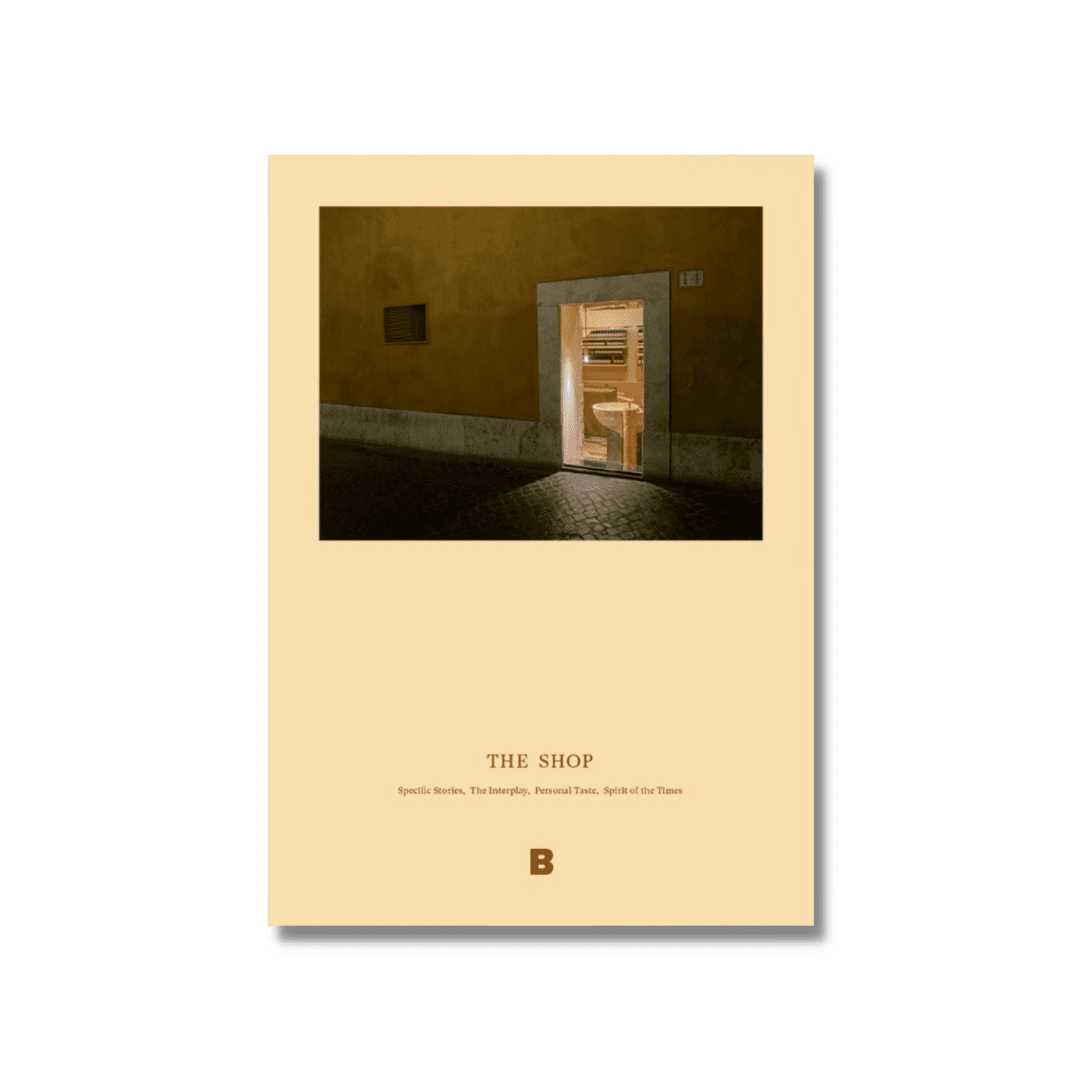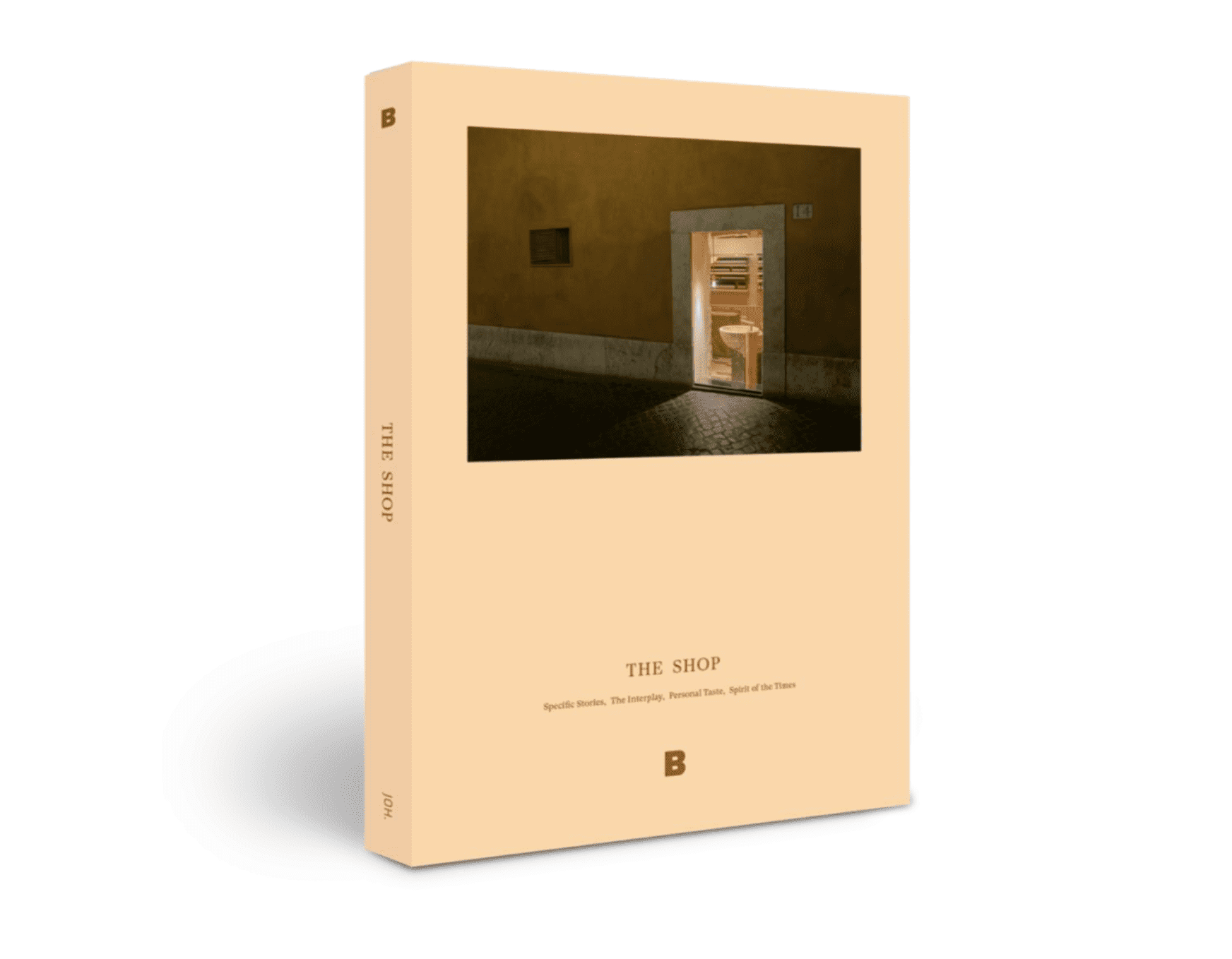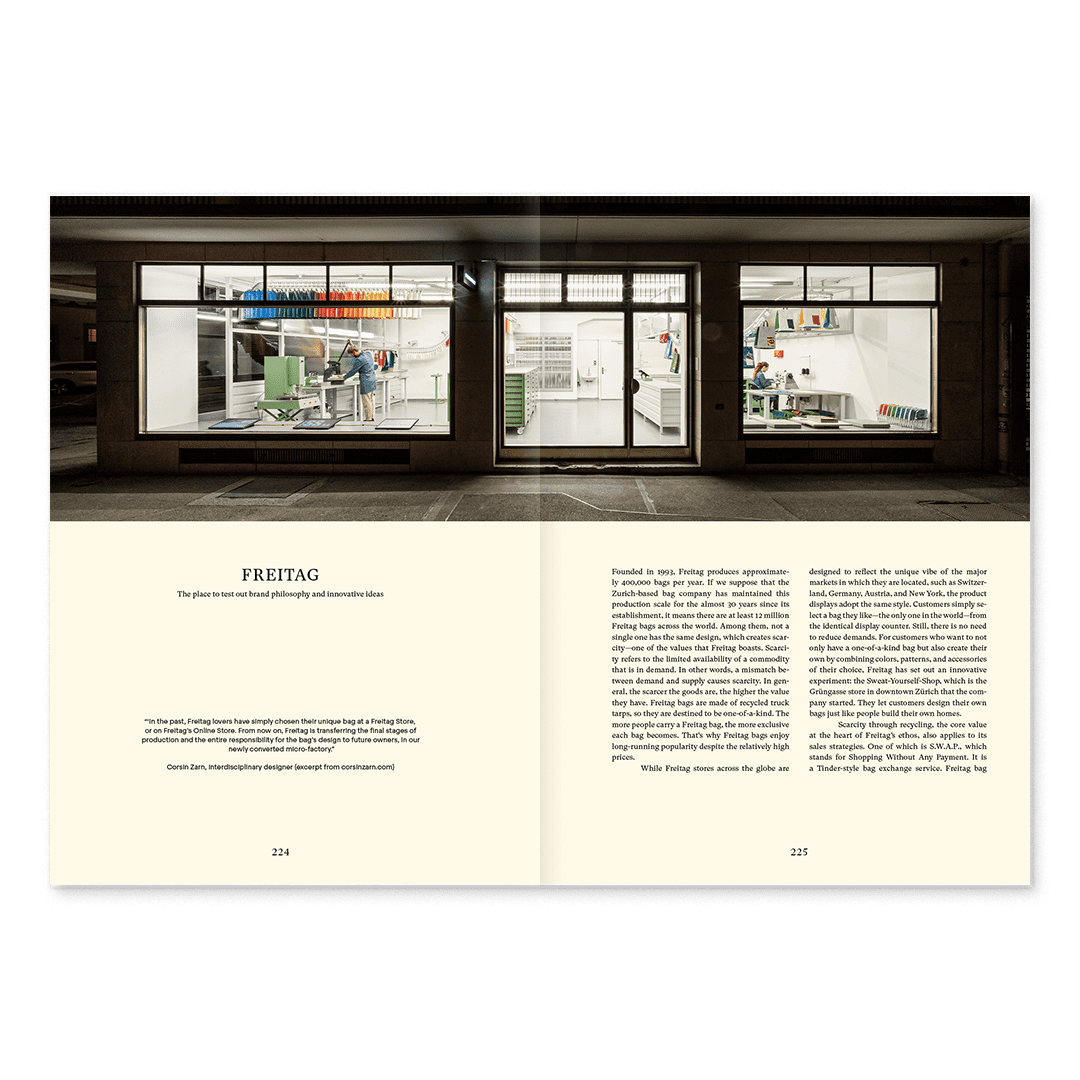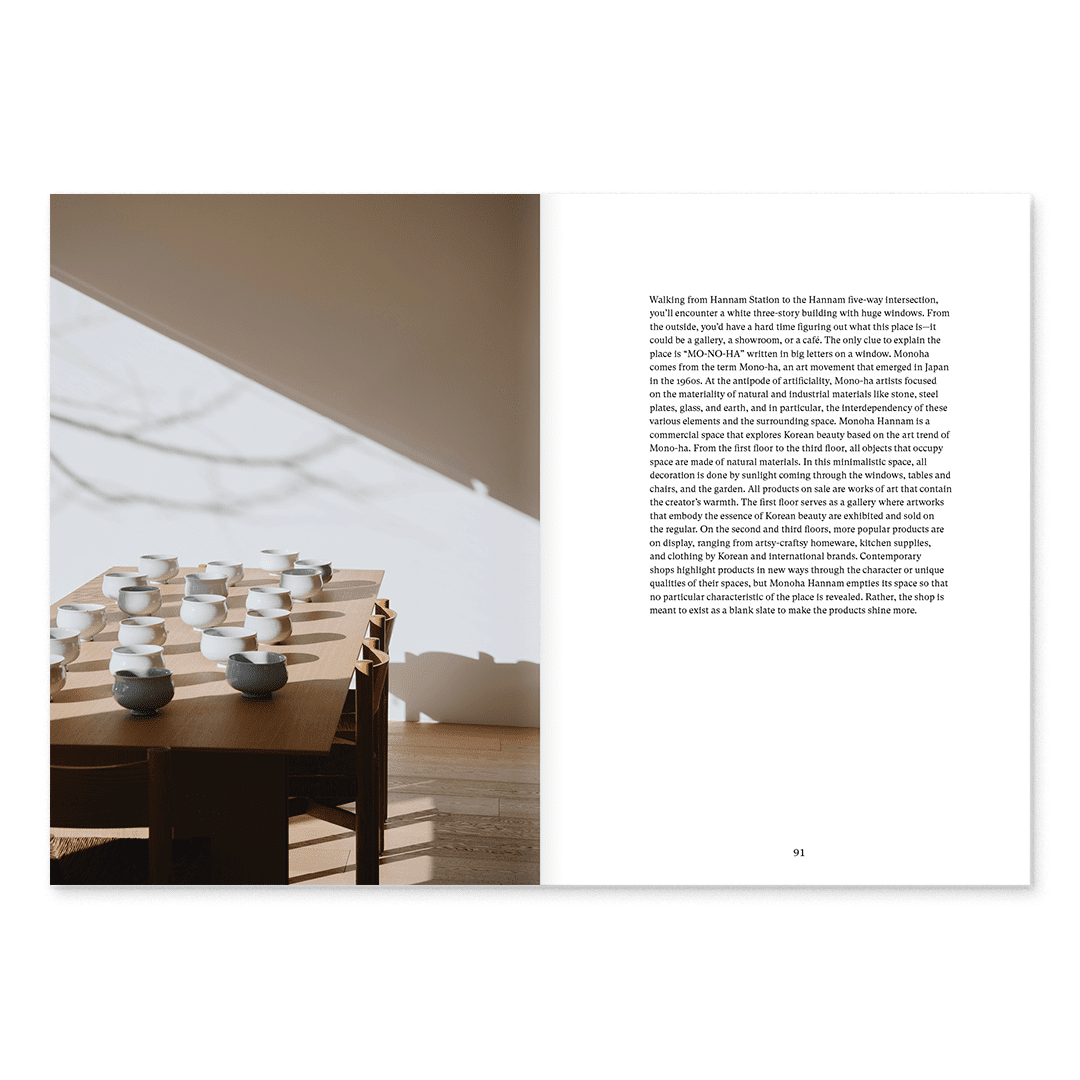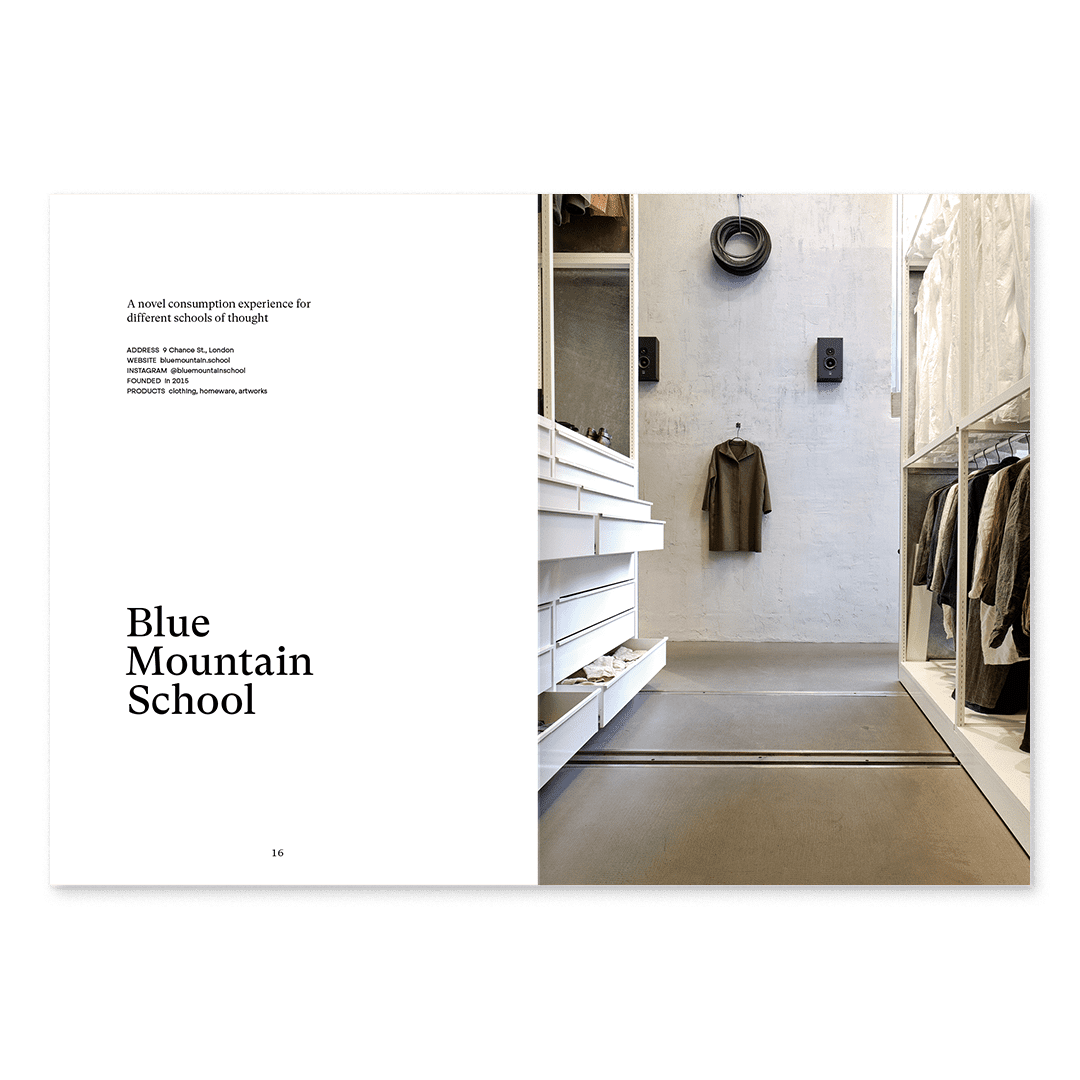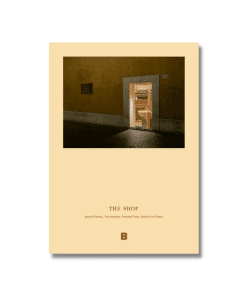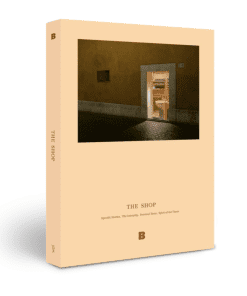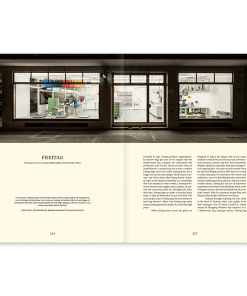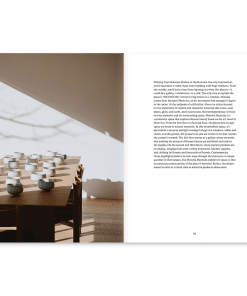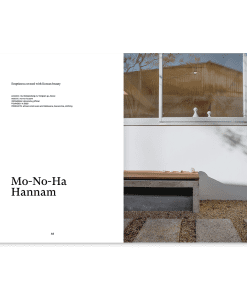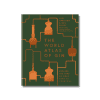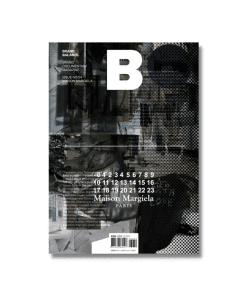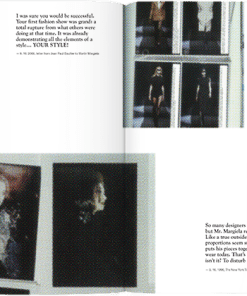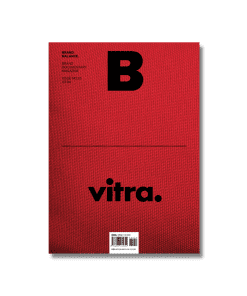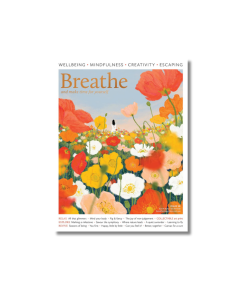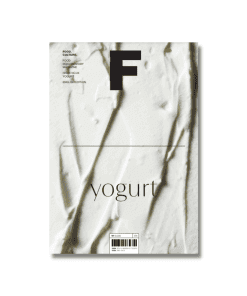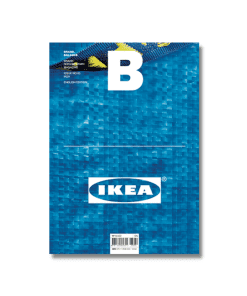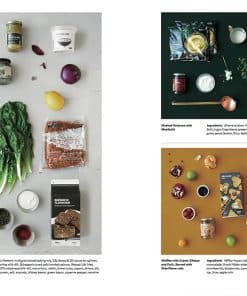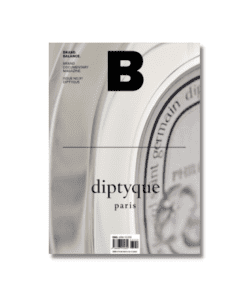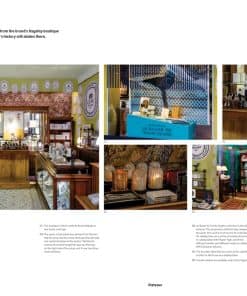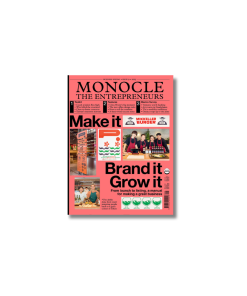THE SHOP
550.000₫
“How should the brick-and-mortar shops look like in this new era?”
A new book on the topic of ‘shop’ published by Magazine B
■ About the Publisher
Amid the waves of numerous brands sweeping the globe, B shares its perspective on well-balanced brands and uses print media to demonstrate the timeless values of individual brands. Defining a well- balanced brand by four standards—beauty, practicality, price, and philosophy—B offers unique insights and in-depth analysis of one well- balanced brand in one issue.
www.magazine-b.com/en
■ About the Book
Some might wonder why we chose to highlight brick-and-mortar shops amid our new normal. Since the onset of the pandemic, we’ve experienced firsthand the wonderful world of e-commerce. However, our restricted lifestyles have also helped us realize what kind of person we are, and subsequently, what gives us strength to keep going. For example, some people get energy from the ambience of a restaurant or its bustling environment more than the food. And some people enjoy the process of discovering new things in a brick-and-mortar shop more than the actual products. It doesn’t matter how great e-commerce services or algorithms get—these experiences will be forever nonpareil.
The diverse shops we are featuring here in The Shop were selected for their emphasis on precisely this kind of experience. We hope to answer the question of “Why do we need physical stores in this age?” with unique and compelling reasons from each shop that we introduce. Interestingly, the shops we highlighted in cities like London, Tokyo, Berlin, and Seoul share a common preoccupation with their spaces and how to fill them. These shops focus on how to cultivate both the owner-to-customer and customer-to-customer relationships, how to accept the anxiety of these times with grace and adaptability, and how to utilize space as a medium for sensory experiences.
Such examples are spread across the globe: Mo-no-ha, a Seoul-based commercial space in search of Korea’s traditional aesthetics; Muachi, an introduction to moon jars and vintage furniture from around the world, along with many daily items; Blue Mountain School, a London-based fashion select shop also operating a restaurant and gallery; and Liberia, a bookstore that categorize books by unique keywords such as time and space, utopia, and identity. Many brick-and-mortar shops deliberately choose the neighborhoods where they will set up and establish their identities there. To say that these shops become the creative forerunners of any industry doesn’t seem far off the mark
While shops featured in The Shop differ in sizes and industries, they work in the same way that they continue to verify the values they pursue and transfer their business roadmap in the physical space. The book describes how Freitag, Aesop, and Muji have demonstrated their philosophies and future strategies through physical spaces. Gildas Loa)c, founder of Maison Kitsune, and Alasdair Fenning, head of retail for Rapha Asia-Pacific at Rapha, share their ideas and thoughts through interviews with The Shop.
What our correspondents and editors discovered at each different shop encourages us to visualize what makes us feel good. Perusing items that the owners curated with care, sharing the thrill that other shoppers experience while searching for that special something, holding an item in the hand and feeling its weight but still being indecisive on whether to buy it or not. Perhaps we go to shops for the innumerable micro-experiences and activations that can only happen in these physical spaces. Optimistic that brick- and-mortar shops around the world will triumph over these hard times and offer even richer interactions in the future, we invite you to The Shop in search of hopeful clues.
■ Preface : A conversation between Magazine B’s Editor-in-Chief Eunsung Park and publisher Suyong Joh
Q. The Home posits that the home is closely related to the existential question of “Why are we alive?” Considering this, what do you think shops add to our lives?.
A. Home is where you realize who you and your family are, but shops are born out of the need to know other people. In a way, the desire to stay true to yourself and the desire to understand others are parallel issues that shape society. We cannot visit the homes or private spaces of others freely, so we visit public places like shops to experience the spaces of others more naturally. An important function of commercial spaces is letting people engage with someone else’s space, and by doing so, momentarily see into their world.
– Suyong Joh (Preface / p.8)
Q. Then, are the standards to judge which shops and commercial spaces are good related to that?
A. When we experience a good brand, we treat it like a person with unique qualities and character. Likewise, I think it’s ideal for a commercial space to say something about the owner. For example, a restaurant should feel like someone’s dining room, and a cloth- ing or lifestyle shop should feel like someone’s personal dressing room or living room. I’m not saying that commercial spaces need to evoke a residential feel. But it’s true that we are instinctively drawn to spaces with this kind of ambiance. Recall some warm memories of your favorite shops. It’s probable that they felt intimate and homelike in one way or another. Now imagine that all the shops introduced in this issue are spaces where other people live. They become invariably more interesting.
Cho phép đặt hàng trước

